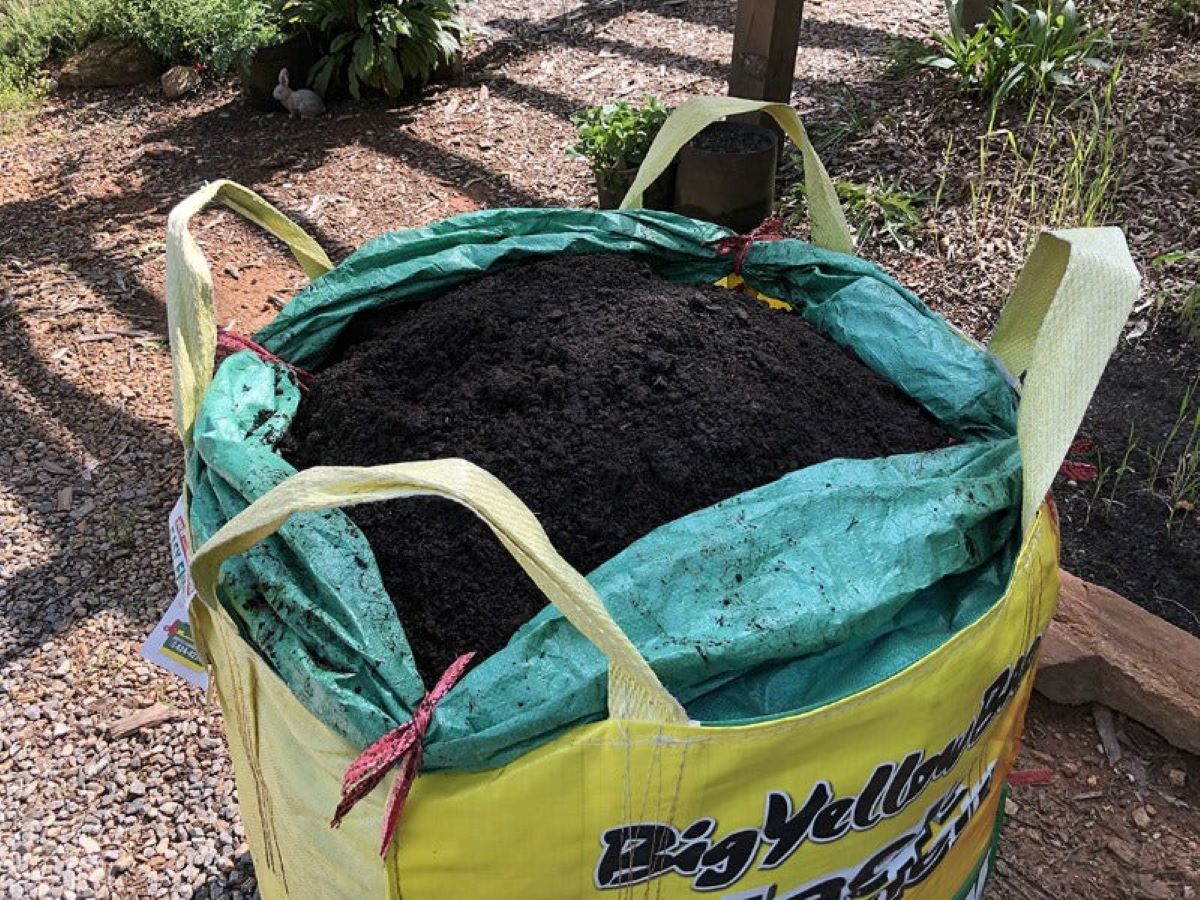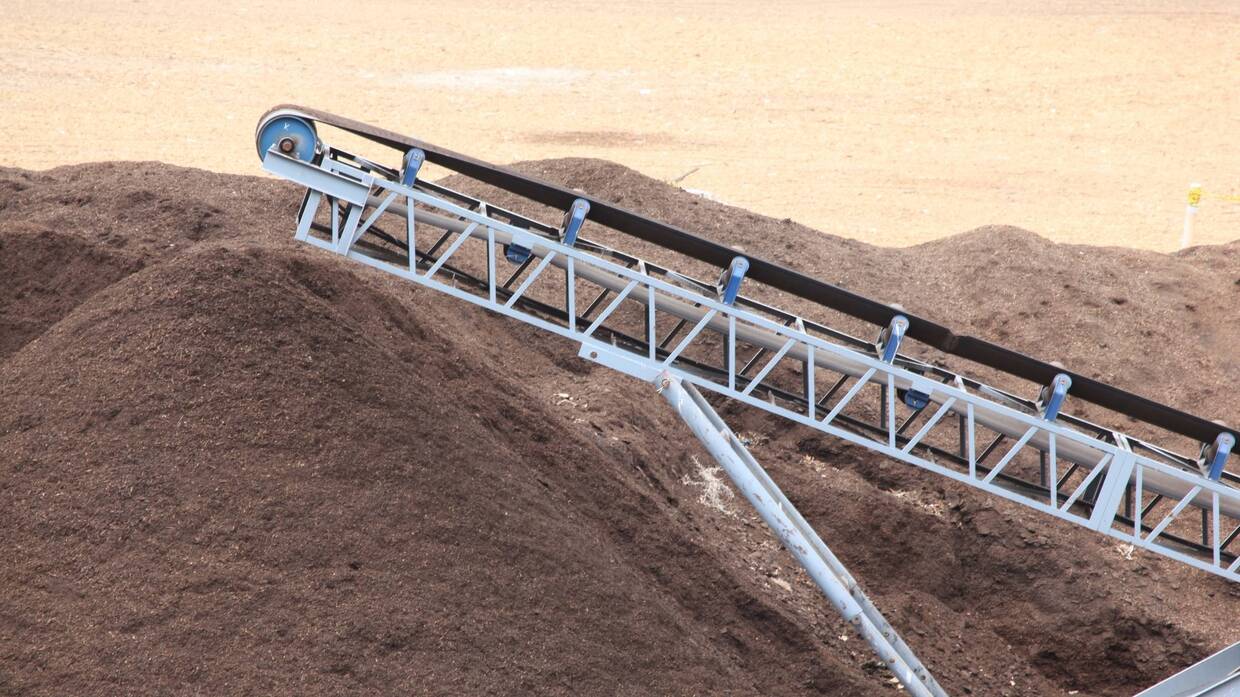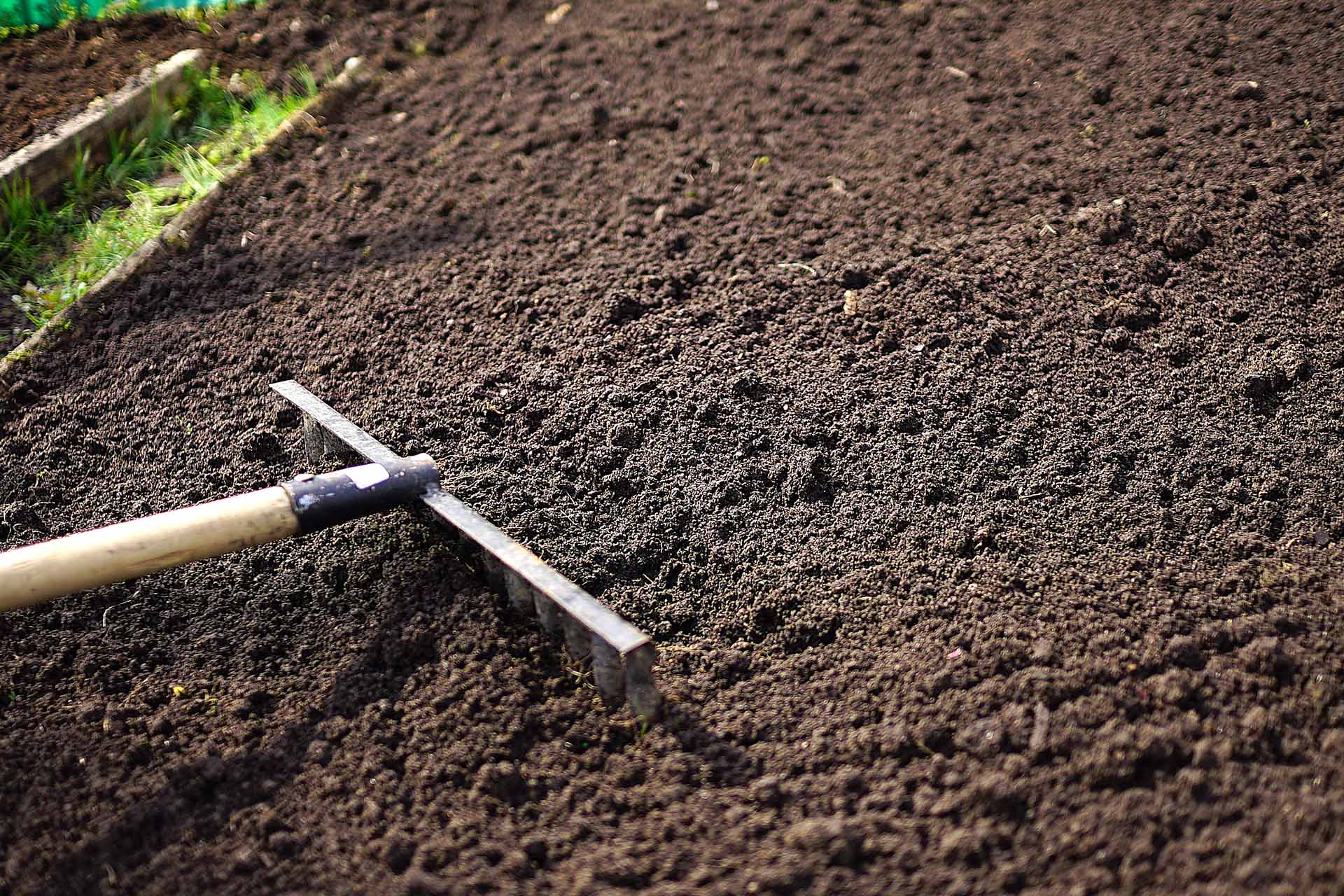Home>Gardening Basics>Understanding Soil>How Many Cubic Yards Of Topsoil In A Dump Truck


Understanding Soil
How Many Cubic Yards Of Topsoil In A Dump Truck
Published: November 23, 2023
Learn the basics of soil and how to calculate the amount of topsoil in a dump truck. Understand soil composition and its role in gardening and landscaping.
(Many of the links in this article redirect to a specific reviewed product. Your purchase of these products through affiliate links helps to generate commission for Chicagolandgardening.com, at no extra cost. Learn more)
Table of Contents
Introduction
When it comes to landscaping and construction projects, understanding the amount of topsoil you need is crucial. Whether you’re planning to lay down a new lawn or create raised beds for a garden, knowing how much topsoil can be carried in a dump truck is essential for efficient planning and budgeting.
One common unit of measurement used in the industry is cubic yards. Cubic yards refer to the volume of material that can fit in a three-dimensional space, measuring one yard in length, width, and height. Calculating the number of cubic yards needed for your project can save you from over or underestimating the amount of topsoil required, ensuring a successful outcome.
In this article, we will dive into the world of cubic yards and topsoil, explore the standard capacity of dump trucks, learn how much topsoil a cubic yard can hold, and even discuss the factors that can affect a dump truck’s cubic yard capacity. By the end, you’ll have a solid understanding of how many cubic yards of topsoil can be transported in a dump truck and how to make accurate calculations for your specific project.
Understanding Cubic Yards and Topsoil
Before we dive into the capacity of a dump truck, let’s first understand the concept of cubic yards and the role topsoil plays in landscaping and construction projects.
A cubic yard is a unit of measurement used to quantify the volume of material in a three-dimensional space. It is defined as the amount of material that can fit in a space measuring one yard (or three feet) in length, width, and height. This measurement is commonly used in the construction and landscaping industries to estimate the amount of material needed for a project.
Topsoil, on the other hand, refers to the uppermost layer of soil, rich in organic matter and nutrients. It is essential for successful gardening, landscaping, and establishing a healthy lawn. When it comes to landscaping or gardening projects, topsoil is often brought in to improve the quality of the existing soil or create a new planting bed.
Understanding the amount of topsoil you require for your project is crucial for proper planning and budgeting. By calculating the cubic yardage of topsoil needed, you can ensure that you order the right amount and avoid unnecessary expenses or shortages.
Calculating the cubic yardage of topsoil involves measuring the length, width, and depth of the area you need to fill with topsoil. Once you have these measurements, you can multiply them together to determine the volume in cubic yards.
Keep in mind that the volume of topsoil needed may vary depending on the specific project and its requirements. It’s always a good idea to consult with professionals or experts in the field to get accurate measurements and recommendations for your specific needs.
Standard Dump Truck Capacity
Now that we have a basic understanding of cubic yards and topsoil, let’s explore the standard capacity of a dump truck. Dump trucks are commonly used in construction and landscaping projects to transport and unload various materials, including topsoil.
Dump trucks come in various sizes and configurations, but the standard capacity for most dump trucks is around 10 to 20 cubic yards. This means that they can carry anywhere from 10 to 20 cubic yards of material in a single load.
The capacity of a dump truck is determined by its internal dimensions, specifically the length, width, and height of the bed or container. The dimensions may vary depending on the make and model of the truck.
It’s important to note that the maximum capacity mentioned is for level loads. In practical applications, the capacity may be slightly lower due to the shape of the material being transported, such as topsoil, which may not fill the entire volume of the bed.
When deciding on the amount of topsoil to order for your project, it’s crucial to consider the capacity of the dump truck that will be used for transportation. Ordering an excessive amount of topsoil can lead to wasted resources and extra costs, while ordering too little can cause delays and additional expenses for additional trips.
By understanding the standard capacity of a dump truck, you can make informed decisions and ensure that you order the appropriate amount of topsoil for your landscaping or construction project.
How Much Topsoil Fits in a Cubic Yard
Now that we know the standard capacity of a dump truck, let’s take a closer look at how much topsoil can fit in a cubic yard. The volume of topsoil that can fit in a cubic yard depends on its moisture content and compaction level.
On average, a cubic yard of topsoil can weigh between 1,000 to 1,500 pounds, but this can vary depending on its moisture content. Moist or damp topsoil will weigh more, while dry topsoil will be lighter. It’s important to consider the weight of the topsoil, especially when dealing with weight restrictions for transportation purposes.
When it comes to the volume, a cubic yard of topsoil can cover an area of approximately 100 square feet at a depth of 3 inches. This is a common measurement used in the landscaping industry to estimate the amount of topsoil needed for specific projects.
It’s important to note that the volume of topsoil may vary slightly depending on its compaction level. Compacted topsoil will take up less volume compared to loose or uncompact topsoil. Compaction is often necessary for stability and preventing settling, but it may result in a slightly lower volume of topsoil within a cubic yard.
Therefore, when planning your project and calculating the amount of topsoil needed, it’s a good idea to account for some variation in volume due to compaction and moisture content. Consulting with a landscaping professional or supplier can help you determine the amount of topsoil required for your specific needs.
Overall, a cubic yard of topsoil can cover a significant area and provide the necessary depth for optimal growth. Understanding how much topsoil fits in a cubic yard is essential for accurate planning and ensuring you have enough topsoil to complete your project successfully.
Calculating the Number of Cubic Yards in a Dump Truck
Now that we have a better understanding of cubic yards and topsoil, let’s discuss how to calculate the number of cubic yards in a dump truck. This calculation is crucial for estimating the amount of topsoil that can be transported in a single load.
To calculate the number of cubic yards in a dump truck, we need to know the dimensions of the truck’s bed or container. Typically, the length, width, and height of the bed are measured in feet.
First, let’s calculate the volume of the truck’s bed in cubic feet. Multiply the length by the width by the height to get the total volume. For example, if the truck bed is 16 feet long, 8 feet wide, and 4 feet high, the volume would be 16 x 8 x 4 = 512 cubic feet.
Next, convert the cubic feet to cubic yards by dividing the volume by 27, as there are 27 cubic feet in a cubic yard. Using our previous example, 512 cubic feet ÷ 27 = 18.96 cubic yards.
Keep in mind that the actual capacity of a dump truck may be slightly less than the calculated volume due to the shape of the material being transported and any space needed for the truck’s structure. It’s always a good idea to consult with the manufacturer or supplier to get an accurate estimate of the maximum capacity.
By calculating the number of cubic yards a dump truck can hold, you can determine how many trips will be needed to transport the required amount of topsoil for your project. This information is essential for effective planning and ensuring that you have the necessary resources to complete your landscaping or construction work.
Remember, it’s always better to slightly overestimate the amount of topsoil needed and have a bit left over than to underestimate and run out in the middle of your project.
Factors That Affect Cubic Yard Capacity in a Dump Truck
While we now understand the standard capacity and how to calculate the number of cubic yards in a dump truck, it’s important to note that several factors can impact the actual cubic yard capacity of a dump truck. These factors can affect the volume of topsoil or any other material that a dump truck can safely and efficiently transport.
1. Material Density: The density of the material being transported can significantly affect the cubic yard capacity. Different materials have different densities, and heavier materials will take up more space compared to lighter materials.
2. Moisture Content: The amount of moisture in the topsoil can also impact its density and, in turn, the cubic yard capacity. Moist topsoil will be denser and likely take up more space compared to dry topsoil.
3. Compaction: The level of compaction of the material being transported can affect its volume within the truck’s bed. Compacted material will occupy less space compared to loose or uncompact material.
4. Truck Design: The design of the dump truck, specifically the shape and dimensions of the bed or container, can affect the cubic yard capacity. Different trucks may have variations in their capacity due to structural factors.
5. Legal Weight Restrictions: Dump trucks need to comply with legal weight restrictions for safety and regulatory reasons. Exceeding weight limits can lead to fines or even damage to the truck. These weight restrictions can impact the amount of material a dump truck can carry, including topsoil.
Considering these factors is vital when planning your project and estimating the amount of topsoil needed. Consulting with professionals or suppliers can provide valuable insights into how these factors may affect the cubic yard capacity and help you make informed decisions.
By taking these factors into account, you can ensure that the dump truck’s capacity aligns with your project requirements, and you can transport the necessary amount of topsoil efficiently and safely.
Conclusion
Understanding the cubic yard capacity of a dump truck and how much topsoil can fit in a cubic yard is essential for successful landscaping and construction projects. By calculating the number of cubic yards needed and considering the factors that can affect capacity, you can ensure efficient planning and avoid unnecessary expenses.
The standard capacity of a dump truck typically ranges from 10 to 20 cubic yards, although the actual volume may be slightly lower due to material shape and the truck’s structure. Knowing the truck’s capacity helps you determine the number of trips required to transport the desired amount of topsoil.
Additionally, it’s crucial to factor in the density and moisture content of the topsoil, as these affect the cubic yard capacity. Compaction and legal weight restrictions are other considerations that impact the amount of topsoil a dump truck can carry.
Consulting with professionals or suppliers can provide guidance specific to your project requirements and ensure accurate estimations. Ordering the correct amount of topsoil ensures a successful outcome, avoiding wastage or delays in your landscaping or construction endeavor.
By taking into account the concepts and calculations discussed in this article, you can confidently plan and execute your project, knowing the exact amount of topsoil that can be transported in a dump truck. This knowledge helps you stay within budget, save time, and create the environment you desire.







